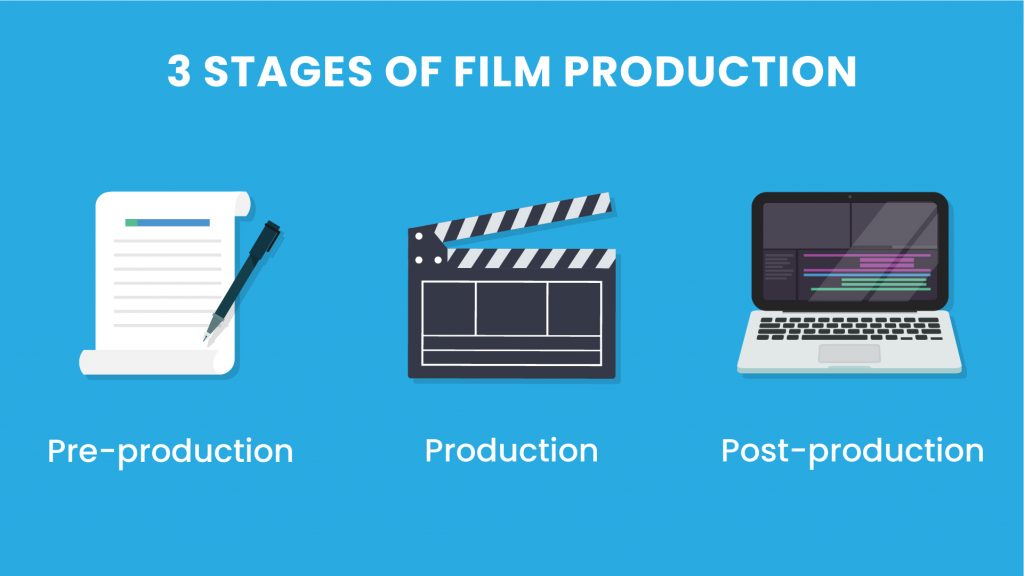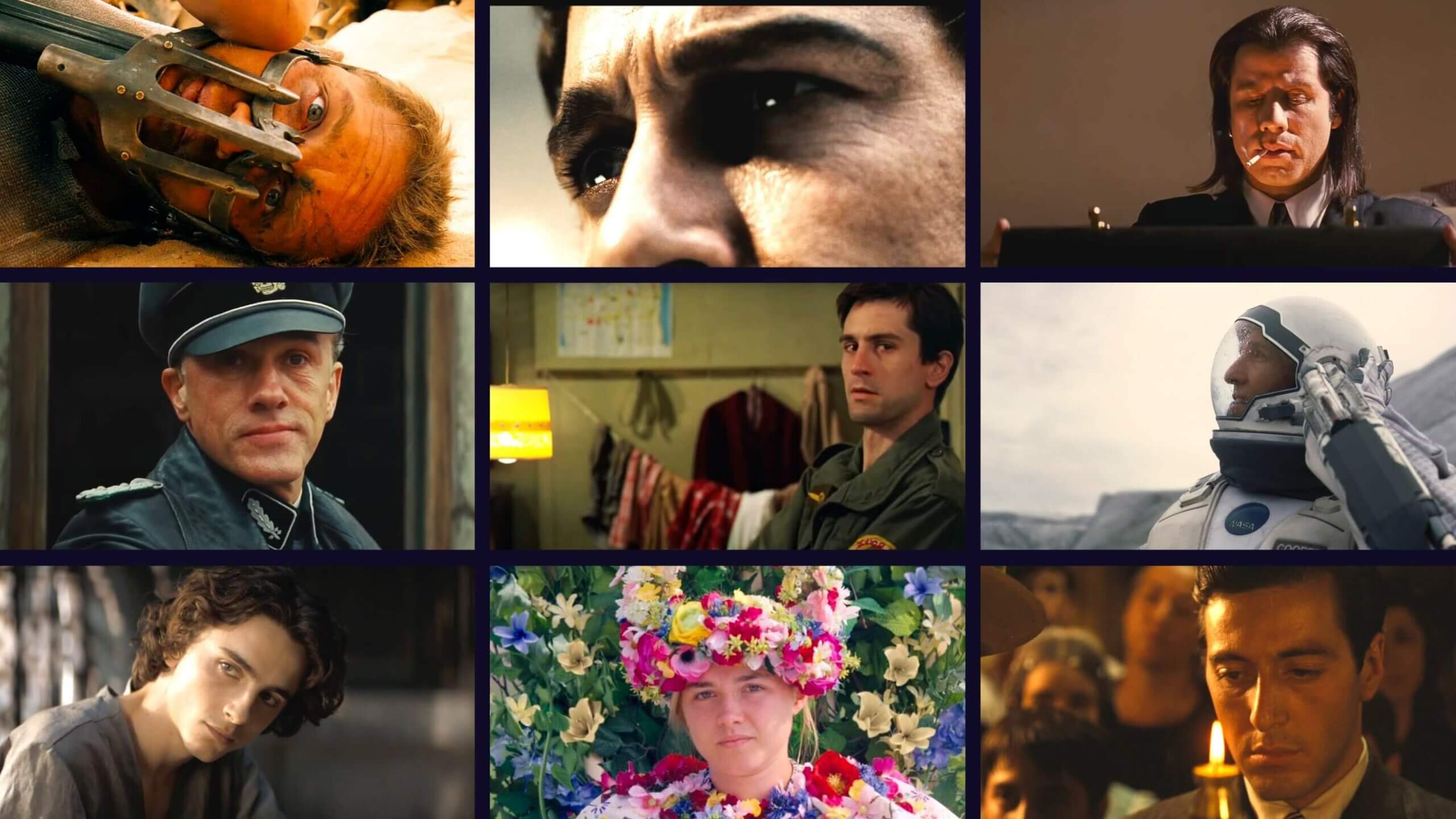Cinematography is the specialty of visual describing, where each edge is a brushstroke on the material of the group’s wisdom. It’s the language of light, association, improvement, and perspective that can change an ordinary scene into an enchanting visual experience. In this article, we’ll research some central cinematography techniques that every film maker should know to make obviously striking and truly deafening motion pictures.
**1. Structure and Framing: One of the focal parts of cinematography is course of action. How you approach your shots can give importance and feeling to the group. Methods like the norm of thirds, driving lines, and uniformity guide the watcher’s eye and add significance to the visual record. By means of carefully considering what is going on of parts inside the packaging, makers can make an apparently fulfilling and changed association.
**2. Lighting Strength: Lighting is the center of cinematography, as it shapes the perspective, environment, and tone of a scene. Whether it’s the fragile shimmer of typical light or the close to home play of shadows made by fake sources, understanding how to control light can further develop things fundamentally. Techniques like three-point lighting, high-key and tranquil lighting, and chiaroscuro can work on the enhanced visualization of your film.
**3. Camera Improvement: how the camera goes through a scene can bring out various sentiments and perspectives. Strategies like compartment, inclinations, trucks, and following shots add to the dynamism of the visual describing. Reliable camera improvements can make a sensation of constancy, while handheld or sensitive cam shots can reinforce strain and quickness.
**4. Significance of Field and Focus: Controlling significance of field grants makers to coordinate the group’s respect for unequivocal parts inside the packaging. Techniques like shallow significance of field can bind subjects from their ecological components, emphasizing their importance. Pulling focus among very front and establishment parts can moreover add a layer of visual interest.




